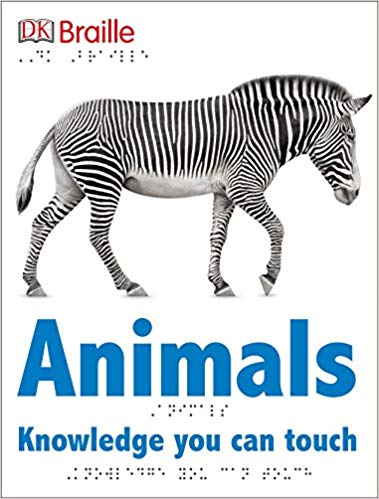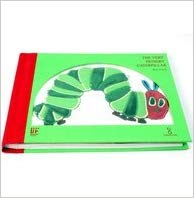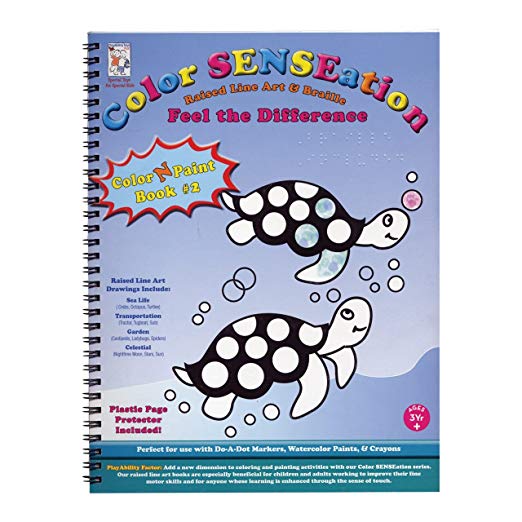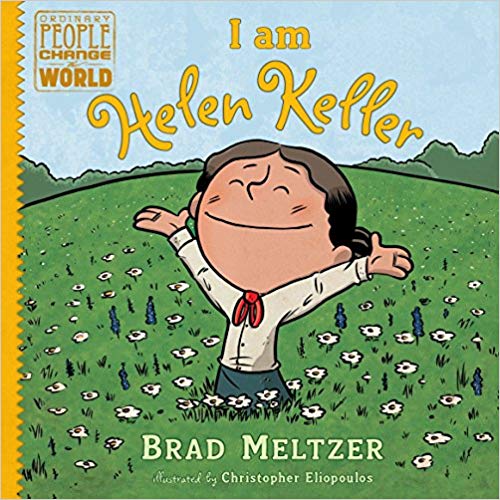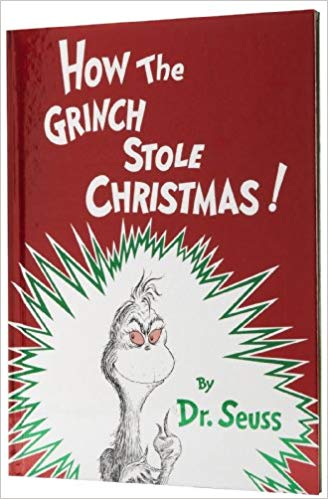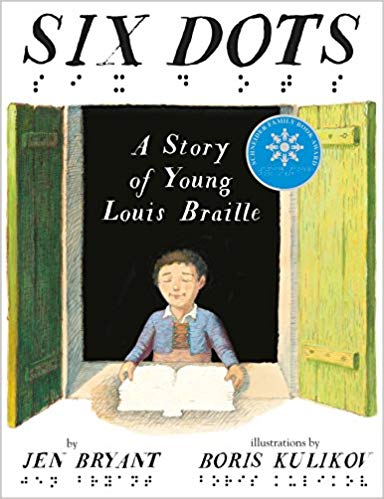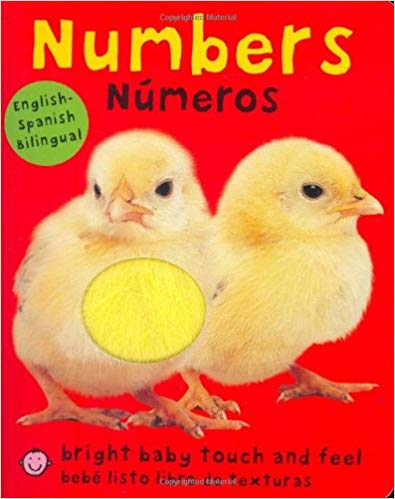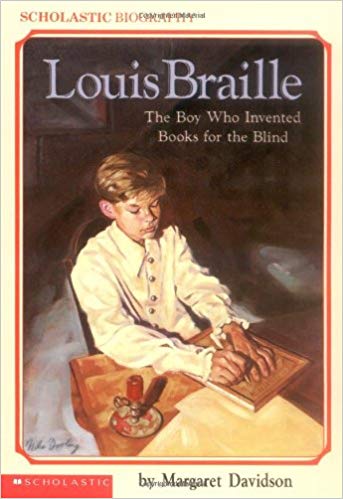DK Books Braille: Animals
Last updated: July 8, 2019
DK’s "Books Braille: Animals" is a non-fiction educational book that teaches children interesting facts about animals. It includes a table of contents, labels and other non-fiction conventions in braille to help young readers follow the content more easily. The dots are less raised. so you may find they wear down quickly.
We looked at the top Braille Books and dug through the reviews from some of the most popular review sites. Through this analysis, we've determined the best Braille Book you should buy.
Product Details
In our analysis of 21 expert reviews, the DK Books Braille: Animals placed 5th when we looked at the top 9 products in the category. For the full ranking, see below.From The Manufacturer
Take a walk on the wild side with DK Braille: Animals.Learn about lions, elephants, koalas, and more in this exciting reference book designed specifically for blind or visually impaired readers. The pages combine braille, large print, and high-contrast photography with clear and predictive layouts for curious young readers. The images are large and embossed, flocked, or glossed with explanatory text, and the text is both embossed braille and printed in large text format for a shared reading experience for sighted readers. DK Braille: Animals is a unique reference book that presents an exciting introduction to the animal kingdom for inquiring young minds.A flagship series of high-quality, custom books with braille and tactile images for blind and partially sighted children, or sighted children with blind parents. DK Braille books combine uncontracted Unified English Braille and large type with high-contrast colors, embossed images, and tactile cutout shapes for children to feel with their fingers. The combination of text alongside the braille enables sighted parents to share the reading experience with visually impaired children, and for sighted children to share with their visually impaired parents.
